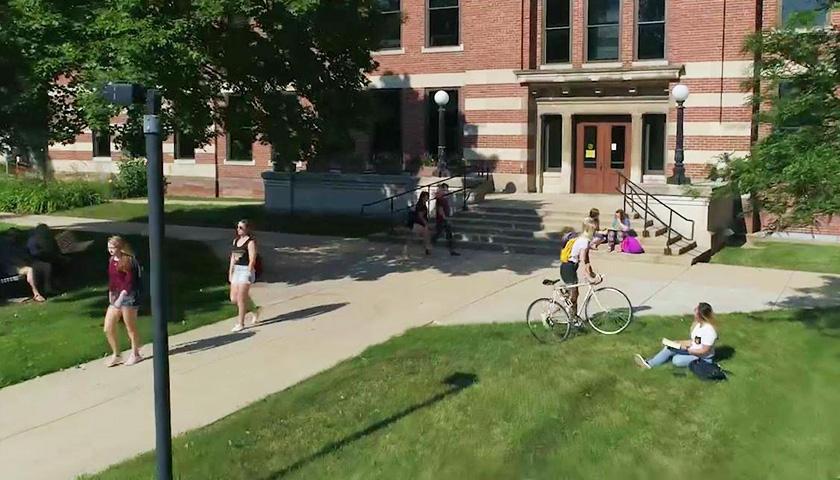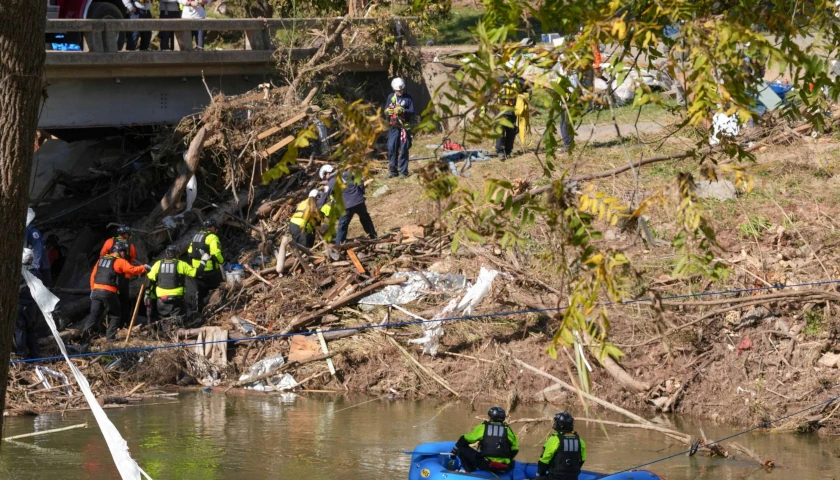A new report finds Badger State homeowners pay nearly a half-billion dollars annually in property taxes to fund Wisconsin’s technical colleges, a figure expected to grow in the next biennial budget.
But in Wisconsin there are no directly elected members to authorize these taxes, creating a system of “taxation without representation,” according to the study from the Wisconsin Institute for Law & Liberty (WILL).
The report, From Coast to Coast: A 50 State Review of Technical College Funding, finds tech schools in Wisconsin receive about 30 percent of their funding from property taxes. The remainder comes from sources such as state aid, federal funding, and tuition.
Wisconsin property taxpayers collectively pay out about $487 million to help fund technical colleges, one of the highest property tax burdens in the nation.
WILL’s report finds the majority of states that fund tech schools with property taxes provide for elected representation. Of the 17 states that use property tax dollars to pay for vocational institutions, 11 have some form of direct representation on technical college boards. Wisconsin is not one of them.
While the study notes technical education is a critical component in meeting Wisconsin’s growing workforce needs, the state should either allow for direct representation or move tech school funding off of the property tax rolls and have the state fund them entirely.
“‘No taxation without representation,’ has been a rallying cry in the United States since the founding of the nation. The core concept is that government only exists by the consent of the governed, and taxes only ought to be levied when the people have a say in what they are,” write the report’s authors, Miranda Spindt, WILL policy associate, WILL Research Director Will Flanders, and policy intern Dylan Palmer.
“Unfortunately, in Wisconsin, a number of government entities don’t live up to this principle. Technical college districts—which have the ability to levy property taxes—are only tangentially beholden to local taxpayers in their area.”
In property tax-heavy Wisconsin, various local government entities are allowed to levy property taxes — from towns and cities to counties and school districts. Lesser-known taxing authorities include “Special Purpose Districts” and “Technical College Districts.”
Local governments hold elections, with citizens choosing their representatives. Not so much for Wisconsin’s technical college districts.
The Wisconsin Technical College System (WTCS) Board, as the report notes, consists of 13 members, which include an employer, an employee, one farmer, six public members and one student. The employer, employee, farmer, and public members are appointed by the governor for staggered, six-year terms. The student member is appointed by the governor for a two-year term. The State Superintendent of Public Instruction, the Secretary of Workforce Development, and the President of the University of Wisconsin Board of Regents, or their designees, also serve on the board.
Additionally, each WTCS district is governed by a nine-member board which must include two employers, two employees, three public members, a school district administrator, and an elected official who holds state or local office. Appointments to the district boards are made by a committee, not by voters Milwaukee’s technical college district has slightly different system of representation.
“Each district board has the authority to develop an annual budget and set property tax levies,” WILL’s report states.
Wisconsin residents pay an average of 1.63 percent of their home’s value in property taxes, the seventh-highest in the nation, according to WILL’s report.
Vocational schools have long been a priority in the Badger State. As the report notes, Wisconsin was the first state to establish a system of technical education institutions and apprenticeship programs in 1911. Today, the Wisconsin Technical College System consists of 16 public, two-year colleges that serve approximately 58,000 full-time equivalent students.
An earlier report from WILL found the top five degrees by return on investment (ROI) from a technical college in Wisconsin are just as high, and in some cases higher, than many of the degrees from schools like UW-Milwaukee.
But the cost to taxpayers is being borne without direct representation, something WILL advises must change.
“Making this change would ensure that technical colleges are more directly accountable to the taxpayers they have taxing power over and ostensibly serve,” the study states.
If not, policymakers should take property taxes out of the tech colleges funding equation.
Over the years, the Legislature has attempted to reduce the burden by “buying down” tax levies through technical college state aid, the school levy credit, and the lottery credit. While state taxpayers would be on the hook to make up the nearly half-billion dollar property tax revenue loss, property taxpayers would see relief statewide.
“This could also be phased out of the multiple state budgets,” the report suggests. “Any action should be balanced with the increasing need to lower Wisconsin’s high income tax burden, which ranks 13th highest in the nation on a per capita basis.”
– – –
M.D. Kittle is the National Political Editor for The Star News Network.
Photo “University of Wisconsin Milwaukee” by University of Wisconsin Milwaukee.





